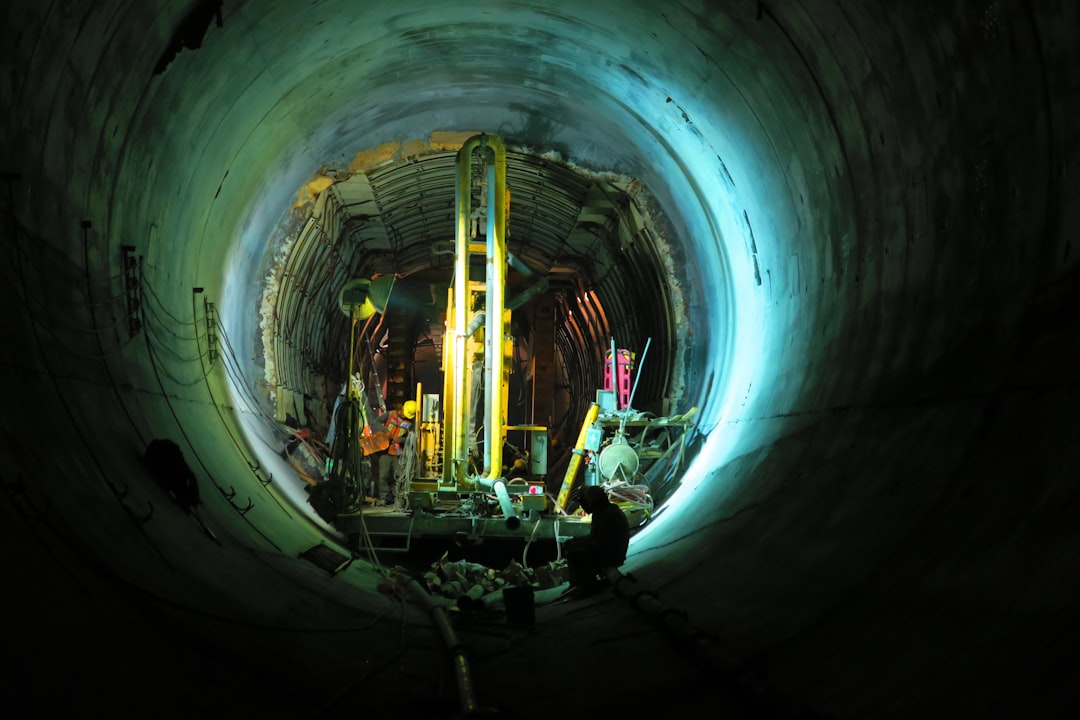
Among the most common signs that your septic system needs replacement is age. Generally, a properly maintained septic system can last anywhere from 20 to 40 years. Nevertheless, if your container is coming close to or has surpassed this age range, it may be time to think about replacement. Older tanks are extra susceptible to rust, rust, and structural damages, which can result in leakages and sewage backups.
One more indication of a falling short septic tank is regular drainage problems. If you constantly experience sluggish drains pipes, gurgling audios, or undesirable smells coming from your pipes fixtures, it can show a trouble with your septic system. These problems might emerge because of a clogged or failing storage tank that is no longer able to sufficiently process wastewater. In such instances, a replacement is typically necessary to bring back the functionality of the system.
High groundwater levels in your area can likewise add to the requirement for septic system substitute. If the water level is also near the surface, it can place excessive pressure on the container, creating it to fracture or shift. This can compromise its structural integrity and result in leakages or total failing. In locations vulnerable to flooding or hefty rainfall, the threat of groundwater intrusion into the container is also higher, making substitute a feasible solution to avoid potential disasters.
When it comes to sewage-disposal tank replacement, it is essential to seek advice from an expert. They will analyze the problem of your existing tank and identify if a substitute is indeed needed. The substitute process normally entails draining pipes and removing the old tank, checking the surrounding dirt for any signs of contamination, and setting up a new container that satisfies the needed specifications and regulations.
In conclusion, septic tank substitute is essential when the storage tank gets to the end of its life expectancy, experiences frequent drain issues, or is affected by high groundwater levels. If you believe any type of issues with your septic system, it is crucial to resolve them without delay to stop more damages and costly repairs. Normal upkeep and assessments can likewise aid lengthen the life of your sewage-disposal tank and decrease the need for substitute in the future.